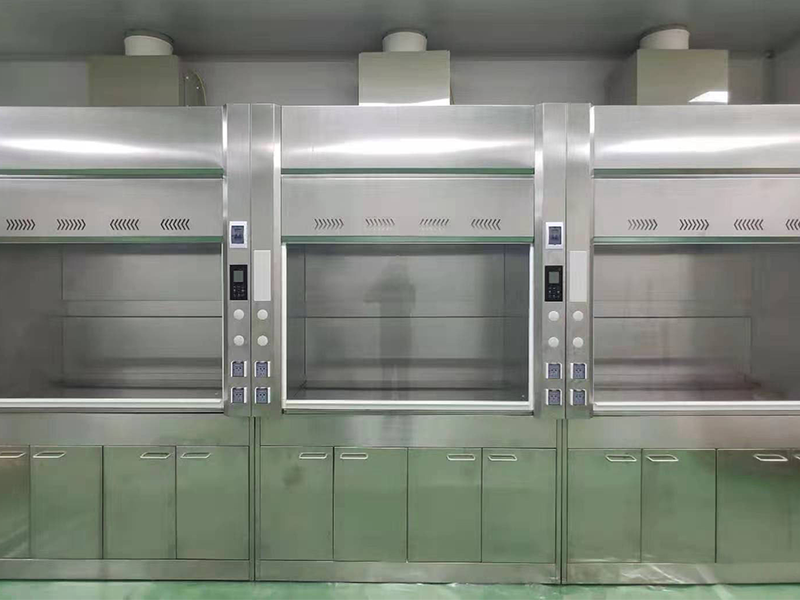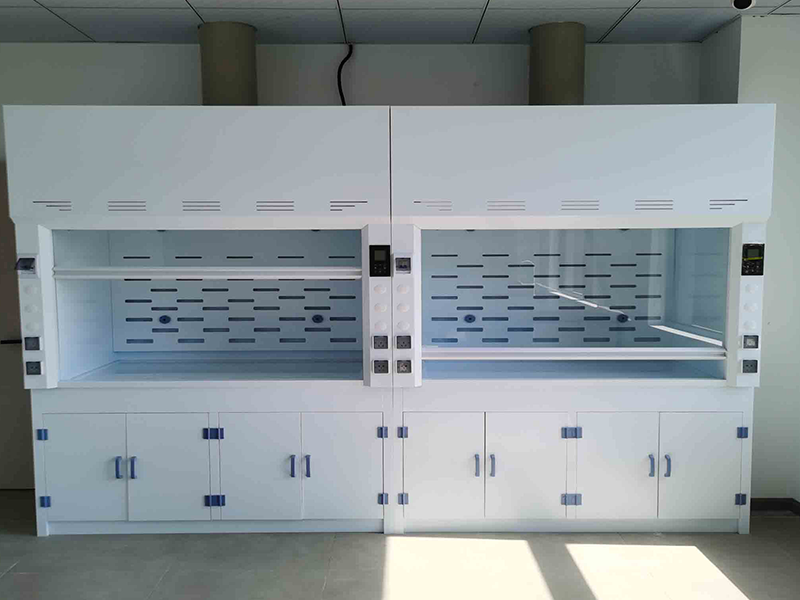Let’s talk about labs for a second. Remember that fire at UCLA back in 2008? Horrible stuff—a research assistant lost their life because a fume hood didn’t do its job. Honestly, if that doesn’t make you sit up a bit straighter, I don’t know what will.
Fume hoods. Super unglamorous but literally life-saving. Their main gig? Keep all the nasty fumes, chemical vapors, and whatever other invisible nightmares swirling around a lab AWAY from the people. Thing is, a fume hood’s basically as useful as a screen door on a submarine if you’re not checking it regularly. You’ve gotta test its performance and actually follow airflow standards—or that fancy box is really just a very expensive shelf.

Heard of ASHRAE Standard 110? Total mouthful. What it means: there’s a legit way to check if a fume hood is working right. You measure stuff like face velocity (how fast air’s getting sucked in), containment (making sure nothing escapes), airflow patterns (is it swirling around like a tornado in there?). All that jazz, spelled out in the standard.
And testing? Yeah, not a one-and-done kinda thing. You test when you install it, sure, but then you have to keep testing. Stuff changes—maybe the lab gets rearranged, new gear shows up, someone “borrows” a piece of equipment and forgets to return it. Each change can mess with your airflow, and suddenly your fume hood’s playing fast and loose with your safety.
Quick breakdown of what REALLY matters when you test:
Face velocity: Air speed’s gotta be high enough to trap all the dangerous particles before they get into your face, but not so high it turns into a wind tunnel.

Containment: Is anything leaking out? You shouldn’t need to be Sherlock Holmes to sniff out a problem here.
Airflow patterns: Smooth, steady, no weird eddies or dead spots. Turbulence is for airplane rides, not fume hoods.
Point is, sticking to the standards doesn’t just keep the safety officer off your back. It sets the tone for everyone—hey, we take safety seriously here. Running those tests—on schedule!—and fixing stuff when it breaks? If you don’t do it, you’re just crossing your fingers and hoping nothing goes wrong. Never a strategy I’d bet my lab coat on, personally.
So, don’t skimp. Stay on top of those performance checks, keep your fume hood in line, and you’ll be a lot less likely to end up as a cautionary tale.


